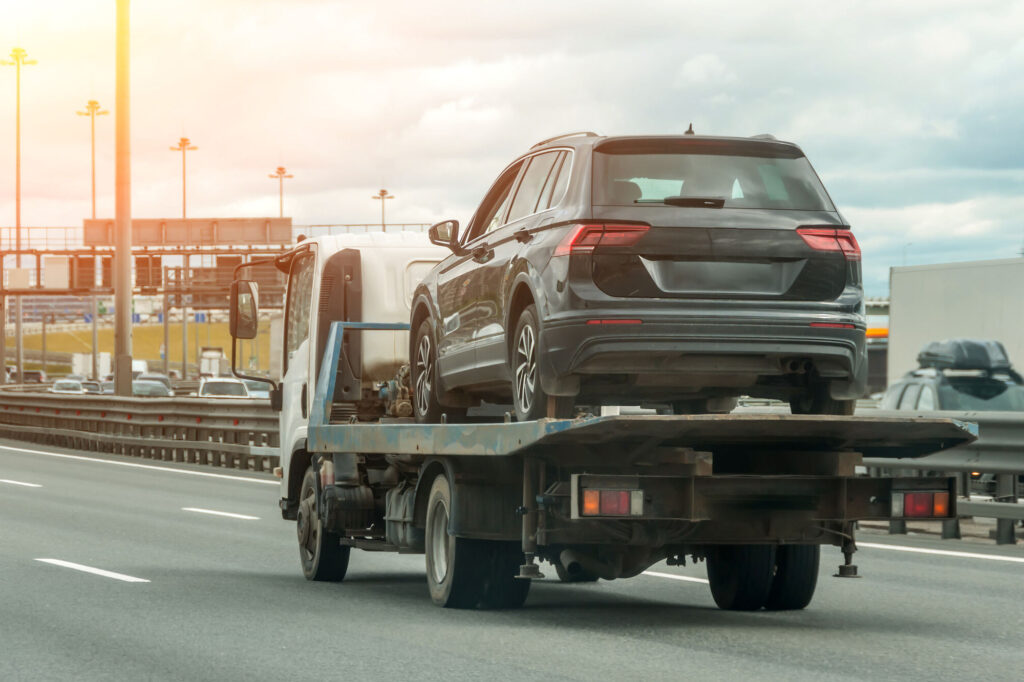There are various types of vehicle insurance fraud in the UK. In this blog post, we will examine each type of insurance fraud in detail and discuss how to avoid becoming a victim.
Types of vehicle insurance fraud
Induced car accidents: This type of insurance fraud is more common with commercial vehicles. Criminals deliberately induce these ‘accidents’ so that they can claim compensation.
Staged accidents: Similar to induced road traffic accidents. However, this type of fraud involves two criminal parties intentionally crashing into each other so they can both make a claim.
Fronting: Fronting is where a driver uses the details of another driver to get cheaper insurance. Putting a main driver as a named driver on an insurance application counts as fronting.
Phantom passengers: In this scenario, the vehicles involved in staged accidents are carrying many passengers. Each passenger then claims to have been injured in the collision to get more compensation.
Application fraud: The criminal has lied or intentionally held back information to get cheaper car insurance.
This list is not exhaustive, and there are many more types of vehicle insurance fraud so it’s important to keep your wits about you on the road at all times.
Is insurance affected by gender? Click here to read our investigation.
Induced car accidents: how to avoid being a victim
There is no way of telling whether a driver in your vicinity is going to induce a car accident, so here are some ways to decrease the chances of it happening to you:
Be alert at all times: If you’re not paying as much attention to the road as you should be, such as when you’re smoking a cigarette or adjusting your Sat Nav, you make it easier for insurance fraud criminals to target you.
Beware of broken brake lights: Non-functioning brake lights are a common feature on fraudsters’ cars. Be aware of the speed at which you and the car in front of you are going, and if you stop at a traffic light and their brake lights do not illuminate, give that vehicle extra room.
Don’t be distracted by a car behind you: Sometimes, fraudsters use two cars, one driving behind and one driving in front of the victim. The car behind will tailgate the victim to intentionally distract them, and the car in front will slam its brakes, causing an accident.
